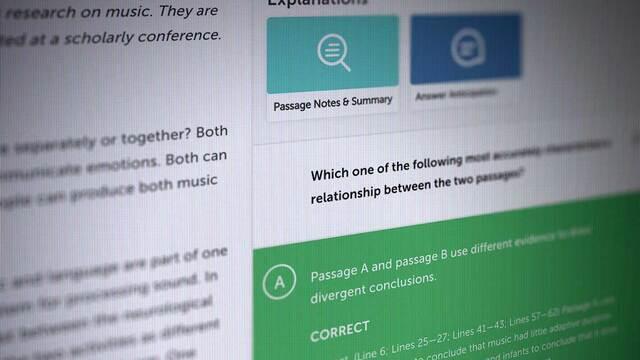Seeing as we only have a few days to go, I thought it’d be a great time to recap some of our Sufficient & Necessary formulas. Now don’t get frustrated with me, but the tutor in me must repeat some of our basic mantras. The left side of the formula is the side with the “if,” also known as the sufficient side. The right side of the formula is the side with the “then,” also known as the necessary side. Each if/then sentence has a contrapositive. Making a contrapositive is easy. All you have to do is flip the sides of the formula AND negate. Don’t forget to negate BOTH sides!
Alright, now that we have quickly recapped, let’s go over some examples!
(1) All carrots are vegetables
C - V
V ? C
Next we have an if/then sentence that is a bit reorganized:
(2) If something is a carrot, then it must be a vegetable
C - V
V ? C
(3) Only vegetables are carrots
C - V
V ? C
Even though all three sentences above are a tad bit different, their diagrams are identical! Let’s look at the first sentence. All carrots are vegetables. Is being a vegetable sufficient to know that it is a carrot? No, of course not. A vegetable doesn’t have to be a carrot. But, a carrot does have to be a vegetable. Do you see the difference? Therefore, knowing something is a carrot is sufficient to then know it is a vegetable. Likewise, if something is a carrot then it is necessary that it is a vegetable. Easy. Child’s play.
Now let’s take this one step further. Given that all carrots are vegetables, which of the following statements must be true?
(1) If something is not a carrot, then it is not a vegetable
C ? V
NO. This sentence has only been negated, not flipped.
(2) If something is a vegetable, then it is a carrot.
V ? C
NO. Again, this has only been flipped. You must flip AND negate.
(3) If something is not a vegetable, then it is not a carrot.
V ? C
YES. Ladies and gentlemen, we have the contrapositive.
You may be wondering why we’re going over such simple concepts so close to the exam. As you should know by now, there are a finite amount of question types on the LSAT. When you get the technique and skill for each type down, you have your base to build on. Review the strategies for each question type. Sometimes, the simplest techniques are the ones that cause the biggest mistakes. Always dot your i’s and cross your t’s. In LSAT world that means never forget to flip and negate your contrapositive, never mistake your sufficient condition for your necessary condition and vice versa!
In these last few days, try getting back to the basics and going over a lot of the concepts you completed earlier in your LSAT prep. Refresh your LSAT memory! If anything, it’ll be a nice confidence booster to see how well you are conquering these sections and questions. Most importantly, breathe. You’re almost at the finish line.
Happy Studying!












